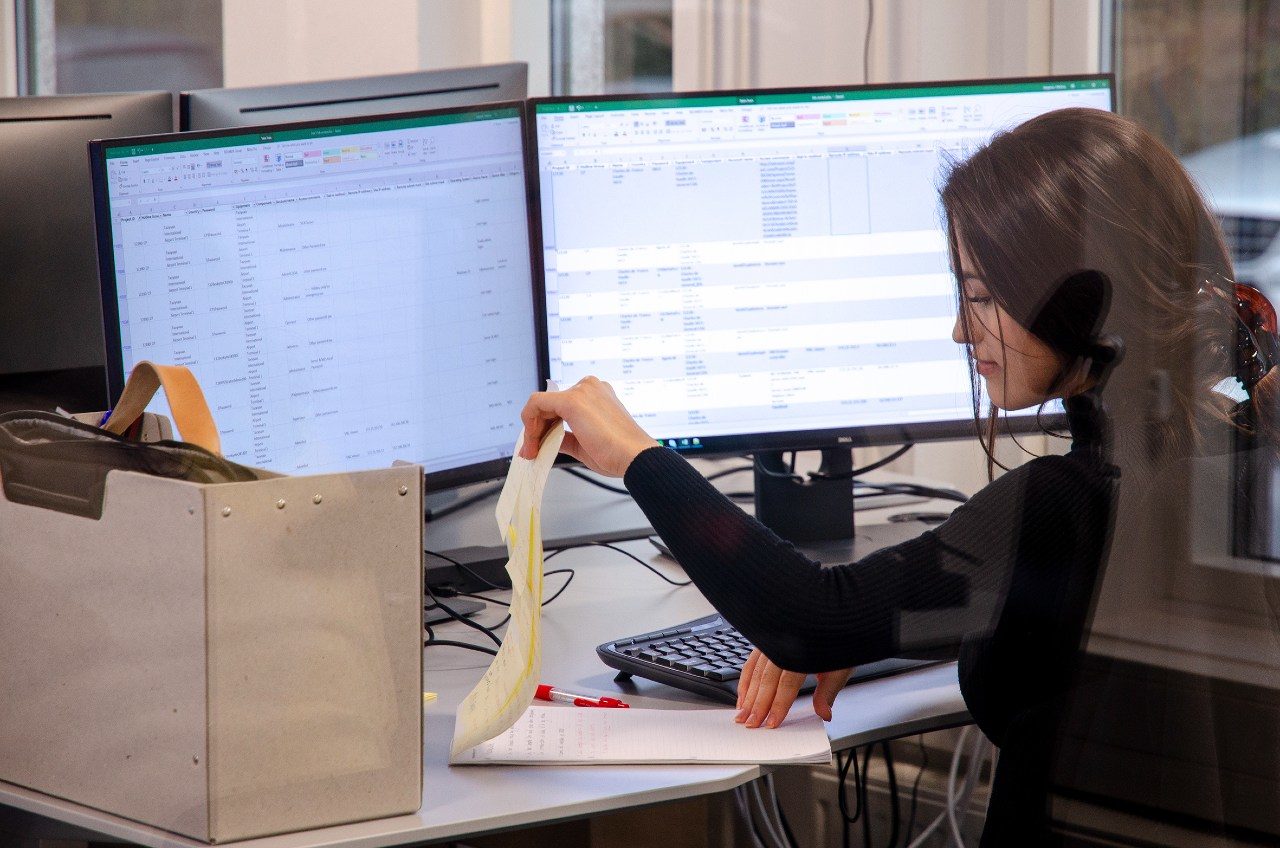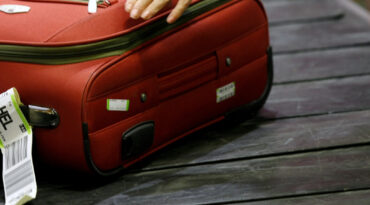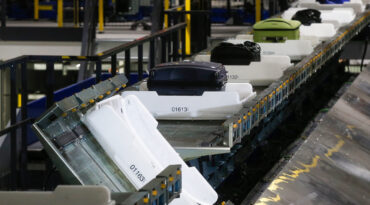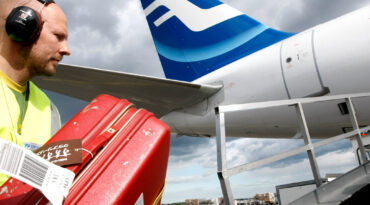Use data analytics to focus maintenance efforts
And our final word of advice for all airports: during production, the system’s alarms will pop up from time to time. It’s therefore always important to conduct daily checks of your alarms after production to identify those areas with the most alarm activity in order to troubleshoot and remedy the problem areas.
This is where data analytics tools can be so helpful for the BHS professional. With data analytics, you will get an overview of patterns and problem areas within the system, providing you with an accurate picture of where to dedicate your maintenance efforts. Being able to identify specific elements of the system requiring immediate attention will not only save time, it will prevent many unwanted stops and ensure the system is stable. Maintenance staff can focus on the ‘real’ issues, while operations can get on top of their system performance, without being caught off guard.
Conclusion
As airports seek to recover revenue while progressing their operations generally, it will be essential that their baggage handling systems are up to the levels of usual operations. By following our recommended steps, airports will be well on the way to ensuring their dormant systems are reactivated for smooth and efficient baggage handling.







